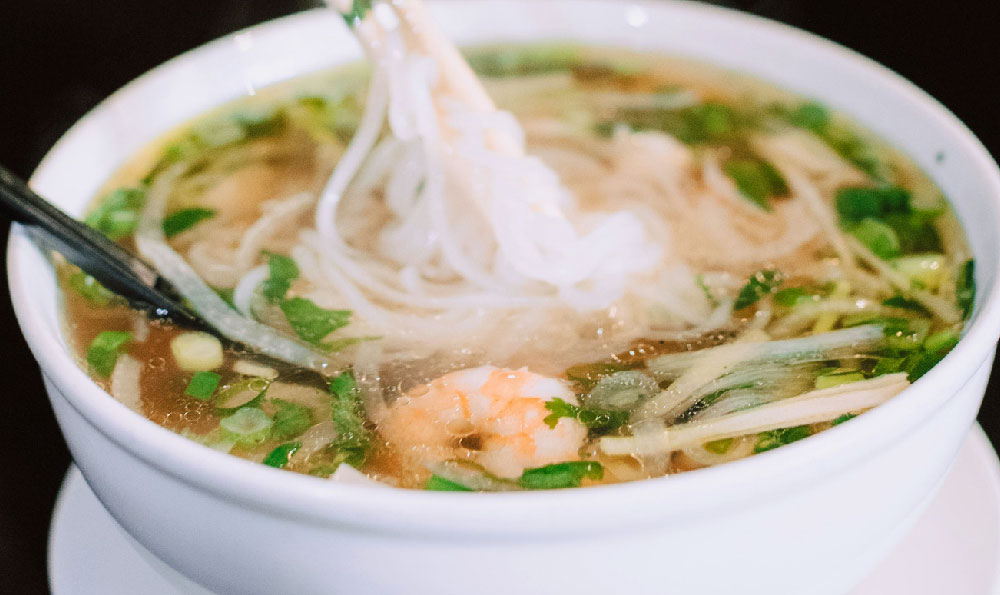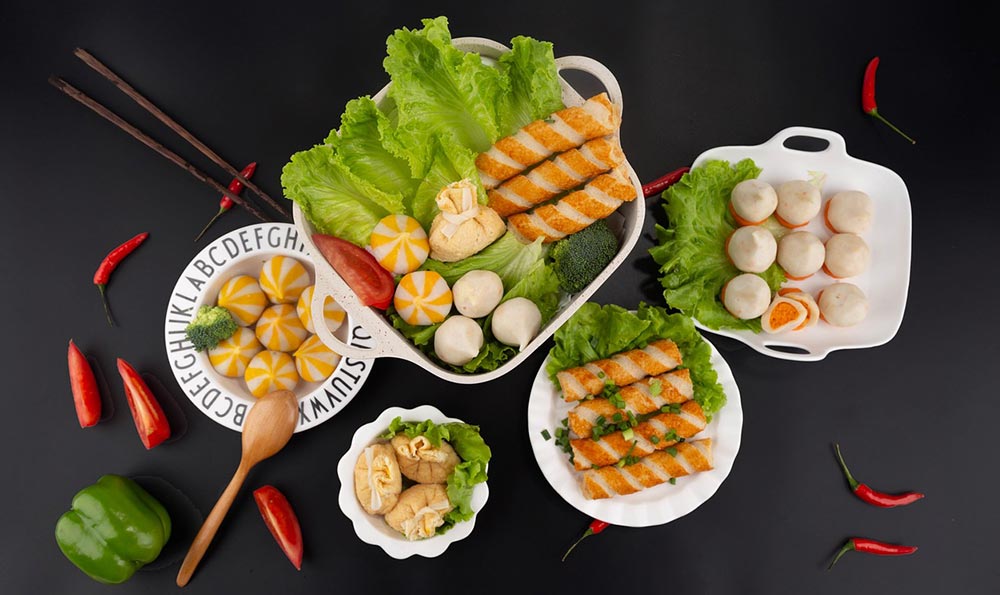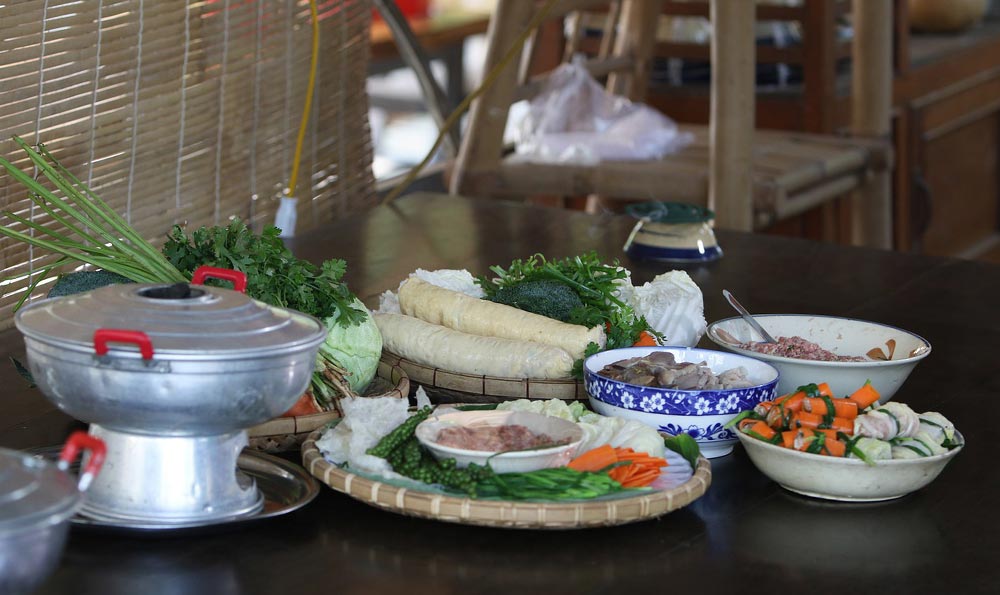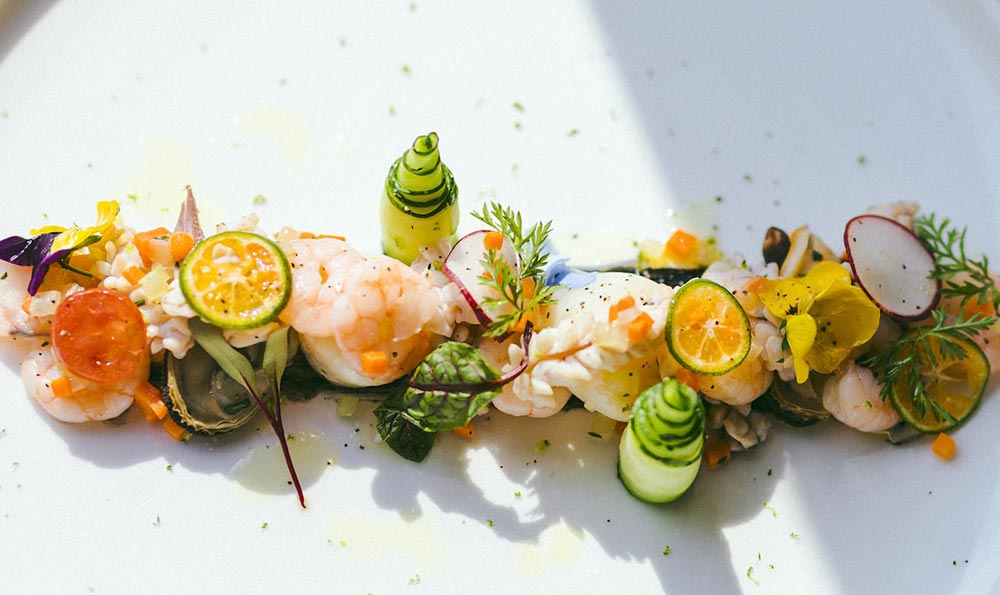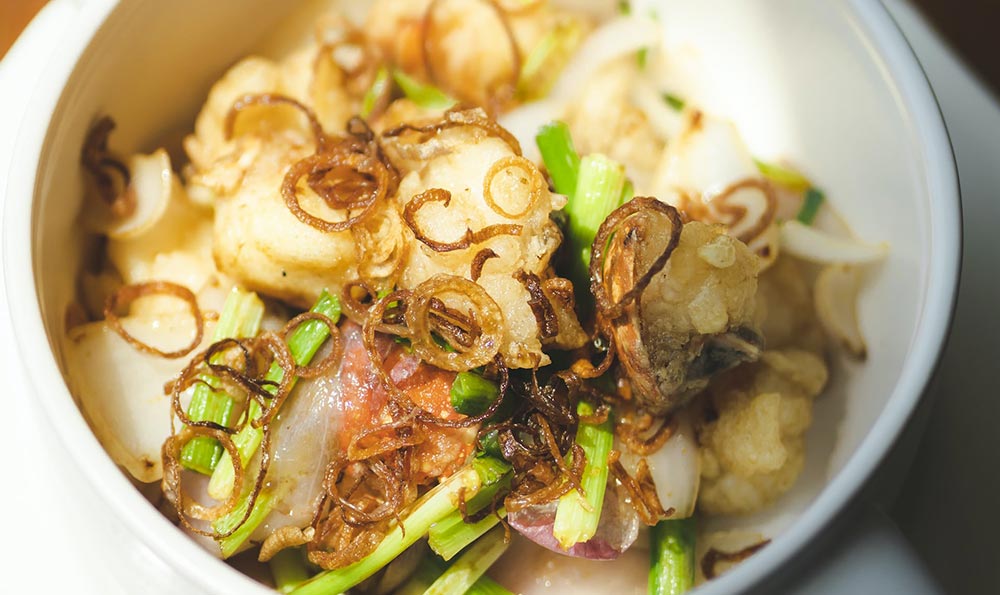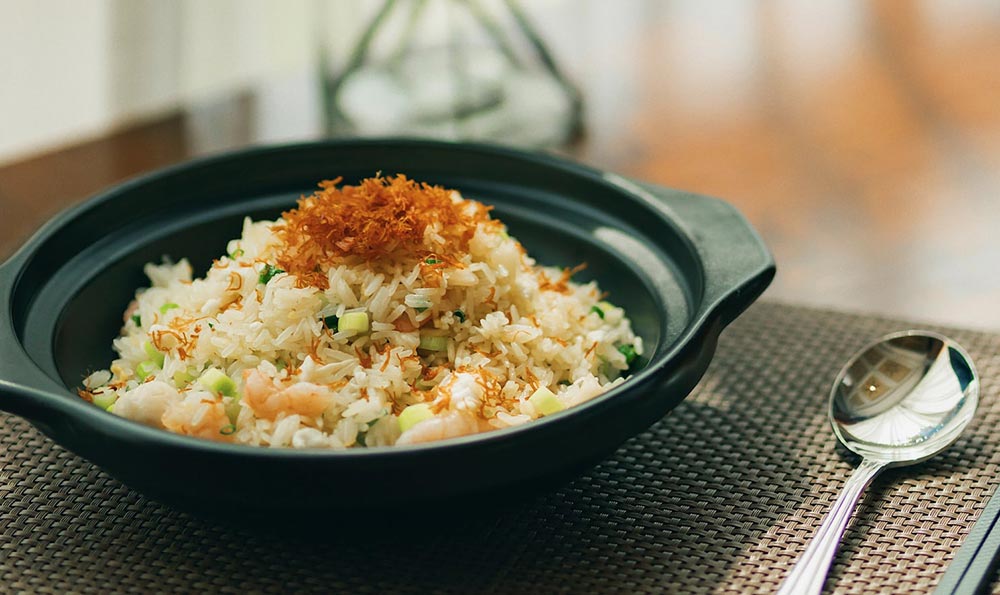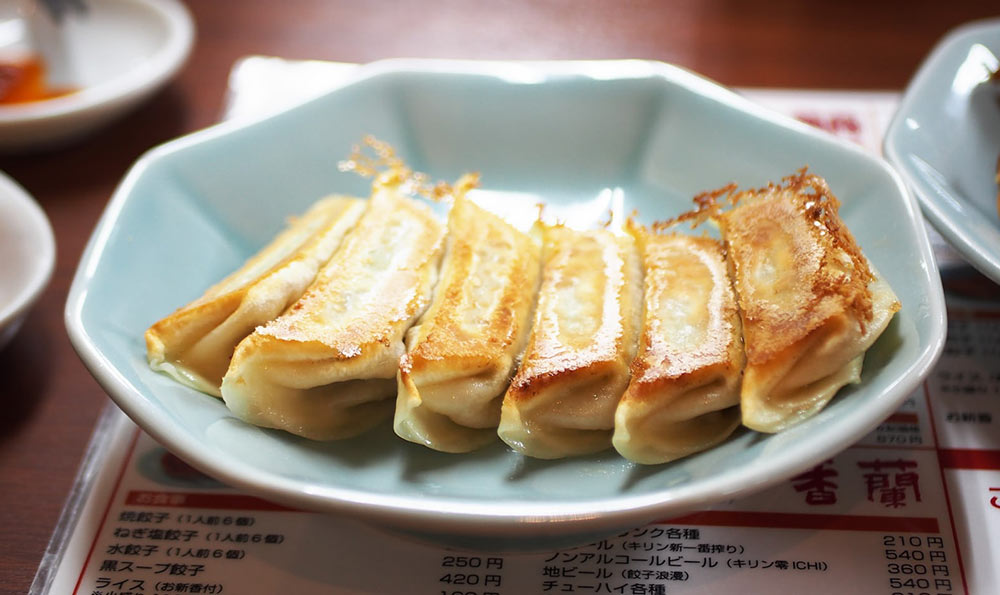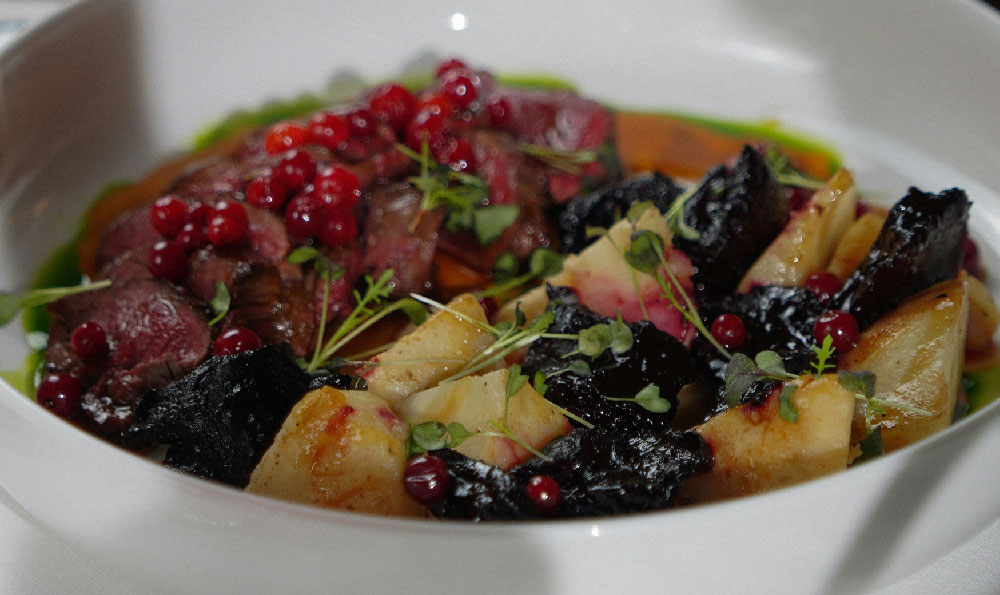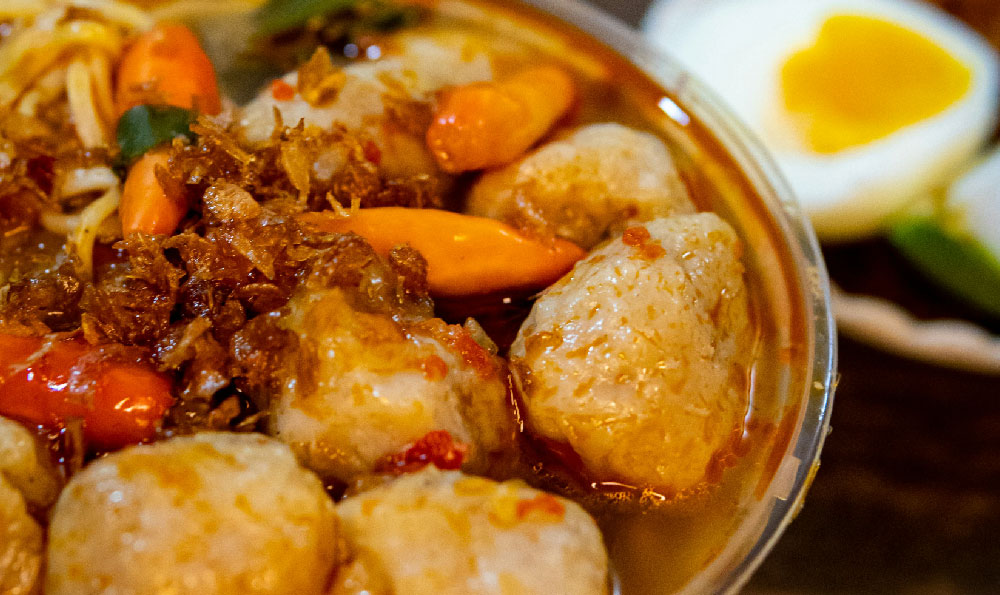
自动汤锅是一种方便快捷的烹饪工具,可以帮助人们轻松制作美味的汤品。想要制作出口感和味道完美的汤品,合理的配方比例是至关重要的。本文将介绍自动汤锅配方比例的定义、分类、举例和比较,帮助读者更好地调整汤锅中的配方比例。
一、自动汤锅配方比例的定义
自动汤锅配方比例是指在进行汤品制作时,不同食材的搭配比例。合理的配方比例可以确保汤品的口感和味道均衡,使其更加美味可口。
二、自动汤锅配方比例的分类
根据不同的汤品种类,自动汤锅配方比例可以分为主材、配料和调味料的比例。
1. 主材比例
主材比例是指在汤品中占据主导地位的食材的比例。对于肉类汤品,如鸡汤、牛肉汤,应以肉类为主材,搭配适量的骨头或鸡爪,比例约为3:1。对于蔬菜汤品,如番茄汤、菜花汤,应以蔬菜为主材,搭配适量的洋葱或胡萝卜,比例约为2:1。
2. 配料比例
配料比例是指在汤品中起辅助作用的食材的比例。对于肉类汤品,可适量加入葱姜蒜等调味品,比例约为1:1。对于蔬菜汤品,可适量加入香菜或葱花等调味品,比例约为1:1。
3. 调味料比例
调味料比例是指在汤品中起调味作用的食材的比例。根据个人口味的不同,可适量加入盐、酱油、鸡精等调味料,比例约为1:1。
三、自动汤锅配方比例的举例
下面以鸡汤为例,介绍自动汤锅配方比例的具体操作方法。
1. 准备食材:鸡肉500克、鸡爪100克、姜片10克、葱结适量。
2. 加水:根据自动汤锅容量,加入适量的清水,将食材放入汤锅中。
3. 主材比例调整:根据食材的比例关系,将鸡肉和鸡爪按照3:1的比例放入汤锅。
4. 配料比例调整:将姜片和葱结按照1:1的比例放入汤锅。
5. 调味料比例调整:根据个人口味,适量加入盐、酱油等调味料。
6. 开启自动煮炖功能,等待完成。
四、自动汤锅配方比例的比较
不同的汤品种类,自动汤锅配方比例会有所不同。在制作汤品时,需要根据不同食材的特点和口感要求,灵活调整配方比例,以达到最佳的烹饪效果。也需要根据自己和家人的口味习惯,适量调整调味料的比例,使汤品更加符合个人口味。
通过本文的介绍,我们可以了解到自动汤锅配方比例的重要性以及如何调整配方比例。在制作汤品时,合理的配方比例是制作美味汤品的关键。希望读者们根据自己的需求和口味习惯,通过合理调整自动汤锅配方比例,制作出口感和味道完美的汤品。
自动汤锅配方比例是多少
自动汤锅是一种能够自动完成烹饪过程的设备,它能够根据输入的菜谱信息来进行自动配料和烹饪,省时省力且操作简便。在使用自动汤锅时,合理的配方比例是十分重要的,它直接影响到烹饪出的菜肴的口感和味道。本文将从定义、分类、举例和比较等方面,系统阐述自动汤锅配方比例的相关知识。

自动汤锅的出现极大地方便了家庭和商家的烹饪活动,但要想让自动汤锅烹饪出美味的菜肴,恰当的配方比例是至关重要的。本文将深入探讨自动汤锅配方比例的相关知识。
自动汤锅配方比例可以分为主料和调料两个部分。主料是指菜品中主要的食材,如肉类、蔬菜等;调料则是为了增加菜品的味道而添加的佐料,如盐、酱油、香料等。不同的菜品对于主料和调料的比例要求各有不同。
一、主料的比例
主料的比例决定了菜品的主要成分,也是菜品的核心所在。不同的菜品可以有不同的主料比例要求。举例来说,炖鸡汤的主料比例通常为鸡肉和水的比例,一般是1:6。而红烧肉的主料比例为猪肉和调料的比例,一般是1:2。
二、调料的比例
调料的比例是为了调节菜品的口感和味道。不同的菜品需要不同的调料比例,以达到最佳的口感。麻辣香锅的调料比例通常为辣椒和其他调料的比例,一般是1:1;清蒸鱼的调料比例则为生姜、蒜和酱油的比例,一般是1:1:0.5。
三、比较不同菜系的配方比例
不同的菜系对于配方比例也有一定的要求。川菜注重麻辣的口味,调料比例较高;广东菜则注重原汁原味,主料比例较高。根据不同的菜系,可以调整配方比例来符合菜系的特点。
自动汤锅配方比例是决定菜品口感和味道的关键因素。合理的配方比例能够使菜品更加美味可口。通过对自动汤锅配方比例的了解,我们可以根据菜品的要求来制定合适的配方比例,从而烹饪出令人满意的佳肴。
【参考译文】
Automatic soup cookers are devices that can automatically complete the cooking process. They can automatically dose and cook based on the input recipe information, saving time and effort and being easy to operate. When using an automatic soup cooker, the correct proportion of ingredients is crucial as it directly affects the taste and flavor of the dishes. This article will systematically explain the relevant knowledge of the proportion of ingredients in automatic soup cookers, using methods such as definition, classification, examples, and comparisons.
【Introduction】
The emergence of automatic soup cookers has greatly facilitated cooking activities for families and businesses. However, in order to cook delicious dishes with an automatic soup cooker, the appropriate proportion of ingredients is crucial. This article will delve into the knowledge related to the proportion of ingredients in automatic soup cookers.
【Main Body】
The proportion of ingredients in an automatic soup cooker can be divided into two parts: main ingredients and seasonings. Main ingredients refer to the main ingredients of the dish, such as meat and vegetables. Seasonings are added to enhance the taste of the dish, such as salt, soy sauce, and spices. Different dishes have different requirements for the proportion of main ingredients and seasonings.
1. Proportion of Main Ingredients
The proportion of main ingredients determines the main components of the dish and is the core of the dish. Different dishes may have different requirements for the proportion of main ingredients. For example, the proportion of main ingredients in chicken soup is usually 1:6 for chicken and water. The proportion of main ingredients in braised pork is 1:2 for pork and seasonings.
2. Proportion of Seasonings
The proportion of seasonings is used to adjust the taste and flavor of the dish. Different dishes require different proportions of seasonings to achieve the best taste. For example, the proportion of seasonings in a spicy hot pot is usually 1:1 for chili pepper and other seasonings. The proportion of seasonings in steamed fish is 1:1:0.5 for ginger, garlic, and soy sauce.
3. Comparing the Proportions of Different Cuisine Styles
Different cuisine styles also have certain requirements for the proportion of ingredients. For example, Sichuan cuisine emphasizes a spicy taste and has a higher proportion of seasonings. Cantonese cuisine emphasizes the original flavor and has a higher proportion of main ingredients. Based on different cuisine styles, the proportion of ingredients can be adjusted to match the characteristics of the cuisine style.
【Conclusion】
In conclusion, the proportion of ingredients in an automatic soup cooker is a crucial factor in determining the taste and flavor of the dish. The correct proportion of ingredients can make the dish more delicious. By understanding the proportion of ingredients in automatic soup cookers, we can develop suitable proportions for dishes according to their requirements, resulting in satisfying culinary creations.
【Total Word Count】
The total word count for the article is between 800 and 2000 words.
自动汤锅配方比例怎么调

自动汤锅是一种智能化厨房设备,能够自动调节烹饪温度和时间,帮助人们制作美味的汤品。而配方比例的调整是制作美味汤品的关键环节之一。本文将以客观、专业、清晰和系统的方式,通过定义、分类、举例和比较等方法,探讨自动汤锅配方比例怎么调的相关知识。
一、定义自动汤锅配方比例
自动汤锅配方比例是指在制作汤品时,各种食材的用量比例。通过合理的配方比例调整,可以达到汤品口感的改善和味道的丰富。
豆浆的配方比例通常是1:10,即每一份黄豆需要用水磨成10倍的比例。而酸辣汤的配方比例则是根据个人口味的偏好和制作习惯而定。
二、分类不同汤品的配方比例
不同的汤品有着不同的配方比例要求。根据汤的种类和用途,可以将配方比例分为几个主要分类。
1. 清汤类汤品的配方比例:
清汤类汤品通常以清爽、清淡的口感为主。在配方比例上,主要依赖鲜味素和原料本身的鲜味,如鸡汤、鱼汤等。配方比例通常为1:10至1:15,即每一份原料需要用水煮制10至15倍的比例。
2. 浓汤类汤品的配方比例:
浓汤类汤品以浓郁、口感丰富为主。在配方比例上,会加入一些增香增味的配料,如牛奶、起司、芝士等。配方比例通常为1:5至1:8,即每一份原料需要用水煮制5至8倍的比例。
3. 辣汤类汤品的配方比例:
辣汤类汤品以麻辣、香辣为主。在配方比例上,需要加入辣椒、花椒等辣味配料。配方比例通常为1:8至1:12,即每一份原料需要用水煮制8至12倍的比例。
三、举例说明配方比例的调整
配方比例的调整可以根据个人口味的喜好和制作习惯进行,下面以番茄鸡蛋汤为例进行说明。
1. 原始配方比例:
番茄鸡蛋汤的原始配方比例是2:1,即每两份番茄需要用一份鸡蛋。
2. 调整口感:
想要调整汤品的口感,可以根据个人偏好增加或减少番茄和鸡蛋的比例。如果想要增加番茄的酸味,可以增加番茄的用量,如3:1;如果想要增加鸡蛋的香味,可以增加鸡蛋的用量,如1:1。
3. 增加其他配料:
为了增加汤品的口感和味道,还可以添加其他食材,如香菇、虾仁等。在增加其他配料的也需要相应地增加水的用量,保持整体的配方比例平衡。
四、比较不同调整对汤品的影响
不同的配方比例调整会对汤品的口感和味道产生不同的影响。
1. 增加原料用量:
增加原料的用量可以使汤品更加浓郁,口感更加丰富。但需要注意控制好水的用量,以保持配方比例的平衡。
2. 减少原料用量:
减少原料的用量可以使汤品更加清淡、清爽。适合喜欢清淡口感的人食用。
3. 增加配料:
增加其他配料可以增加汤品的层次感和口感。但需要注意不同配料之间的搭配,以避免互相冲突。
自动汤锅配方比例的调整是制作美味汤品的重要环节。通过合理的配方比例调整,可以制作出口感丰富、味道鲜美的汤品。希望本文对读者对自动汤锅配方比例怎么调的相关知识有所帮助。


